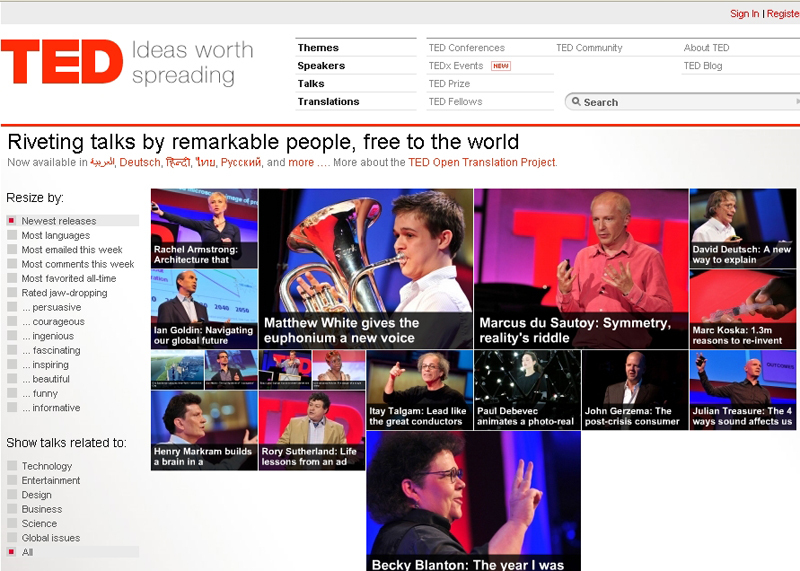Blogging for Newbies
Another year with my high-intermediate pre-university students was approaching, and I wanted to add a new element to my research-based course. With a focus on English as it relates to students’ individual fields of study, the course uses readings and listenings to expand discipline-specific vocabulary and comprehension in preparation for university. Although listening elements are usually not the primary resource for students at the higher levels, they still need to access background information in multiple forms for a research project in the course which is the culmination of a number of discipline-specific information gathering activities.
Researching Good Vibrations!
Every year when I first introduce “the research project”, several students come to my desk and confess that they have no idea what their passions are and can’t get excited about their doing research in their field; they have no idea where to begin. With this obstacle in mind, I decided to have my students create a listening portfolio using blogs in addition to the more traditional activities of a reading portfolio and survey or interview project.

Ted Home page
Assigned listenings don’t always interest everyone, and I wanted the individual students to make their own choices. Maybe by allowing them to explore the Internet and chronicle in a web journal, a blog, their interest in a project would be kindled while simultaneously allowing them to attain objectives of the course through activities integrating several linguistic skills. They include:
- Promoting exploration of English websites-especially ted.com and cbc.docs,
- Making use of the commenting feature to have students express their ideas and opinions,
- Writing summaries and analyses of their viewings as a blog post and of course,
- Listening to instructions on-line in English to create a blog.
Effective, Efficient and Easy
Here’s the procedure I followed:
- The students created a simple blog using blogger.com, which takes a newbie like me about an hour, but took my students 15 minutes to register, choose a template, and create a title and start surfing. Bloger.com has very good video clips on YouTube which explain how to create a simple blog.
- I recommended a short list of sites to explore; my favorites are ted.com and cbc.docs.
- The students posted a minimum of three listenings or viewings on their site and wrote a short summary and an analysis for each one. Feel free to visit one of my students efforts: mixedman’s blog.
- After they had created their blogs, their classmates could post comments on their blogs, which was done during our language lab time. This provided an opportunity for students to share their discoveries.

Home page of mixedman’s blog.
Starting a Blogging Tradition!
I believe my students enjoyed taking the initiative to find their own listening and to create their own blogs. They were more encouraged to edit their entries knowing that their writing would be seen by more than an audience of one.
Would I do it again? Yes. I like the fact that all the work was student based. I had a great time looking at their blogs during our lab time and evaluating them was fun.
What Internet sites do you use to inspire your students? Would you consider combining a reading and viewing for a more comprehensive journal blog? What strategies do you have to encourage students to comment on other students’ blogs.
Please use our Reader Response Feature to share your experiences and reactions to this initiative with your colleagues around the province and the world.

